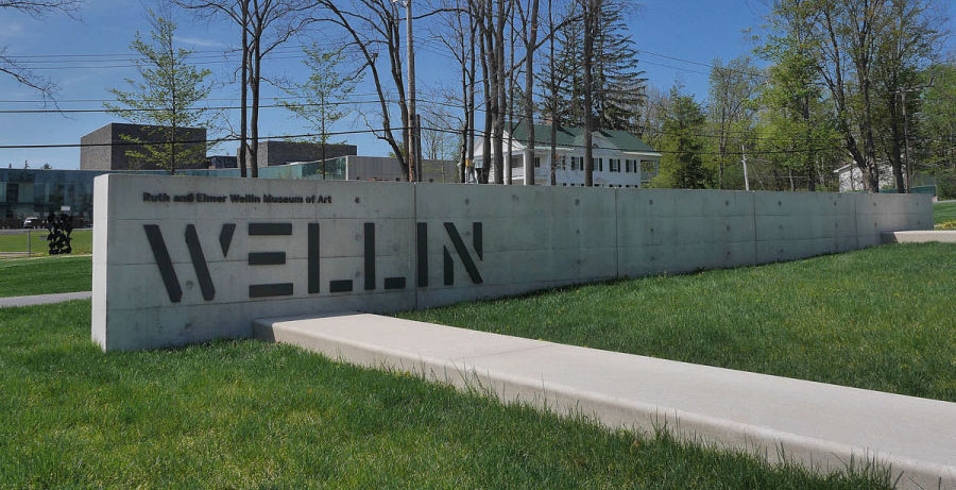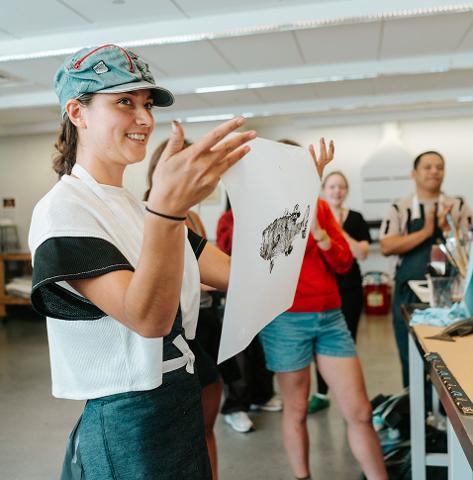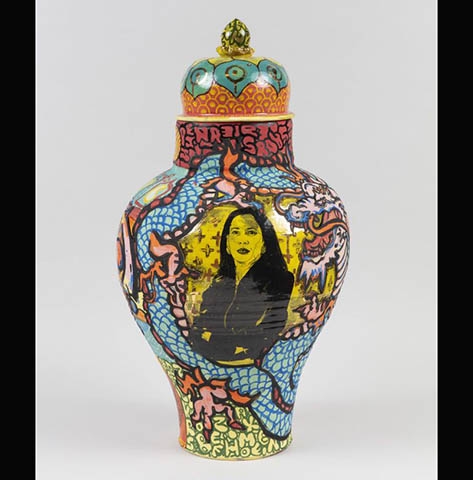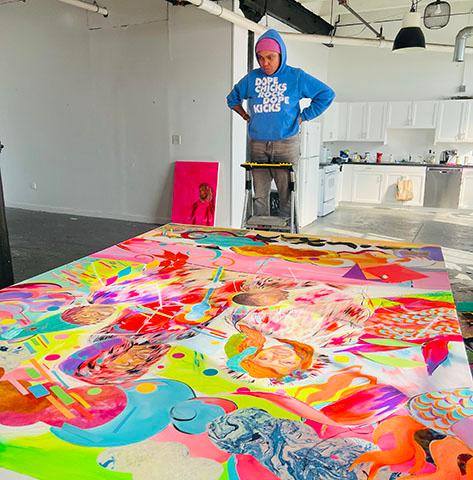Janelle Rodriguez

In 2020, we were witness to a chasmic rupture—a nation torn apart by the coronavirus pandemic, by the murder of George Floyd that threw even sharper focus on our country’s history of police violence, and by political divisiveness that revealed the deepest rifts imaginable. I watched all of this from the sidelines. Following a near-death health crisis (not Covid-related), and months of rehab, I saw these tragedies unfold from a hospital bed and throughout my convalescence, and I wondered again and again: How do we work to mend this chasm?
I began thinking about the importance of bridges, of building them and maintaining them, especially in this unprecedented time. I have often felt that my role as a museum director, curator, mentor, and specialist in the field is one that requires me to be a connector—to my team, to artists, to students, to faculty, to alumni, to community, and to the art world. But I realized that there were new bridges that needed to be built, ones that had never before existed. Ones I didn’t even know how to name.
While I recovered, I read more than I have in years: reportage on current events, contemporary and classic fiction, nonfiction, and sometimes poetry. I had lengthy conversations with friends, artists, students, peers, and colleagues from around the world as we strove to remain connected while sheltering in place. I realize now that all this was in an effort to find the material to construct these bridges. I reflected on my own areas of potential growth and tried to think about how, in our museum, we can elicit change. Our impact may be small, but that doesn’t lessen our responsibility.
Instead of crossing the same bridges we have for years, we’re committed to constructing new ones. We are asking questions and fostering growth—trying and, perhaps, even failing. If we are to span the gaps, we have to deconstruct the biggest issues, issues far bigger than one person or one team can manage. They are the issues that will define our generation for future generations. At a time of extreme fracture, how do we redefine what a museum, or more specifically, a teaching museum, can be? It will take the entire community working together to find out.
As a director, I find my role changing to that of a facilitator, allowing more voices into the museum not just by exhibiting and collecting diverse artists but by sharing leadership with artists, staff, students, faculty, and the community. It has required me to pivot much in the same way that our entire society has had to pivot during this period of crisis. It’s an opportunity to assess what we need to do differently even if we don’t yet know how. It’s the bridge that needs to be built by all our hands. And the only way to figure it out is by working together.







